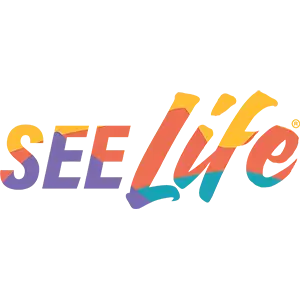Contrary to any preconceived notions about self-mutilation I had, I learned that cutting is always not an attempt at suicide. Instead, it signifies intense emotional pain. Self-injury made my roommate feel like she had control over her past and present. She explained to me that cutting herself was the only way she knew how to deal with the pain she felt.
Before my college roommate started cutting her arms with a razor blade, I’d never even heard of self-mutilation. The frightening introductions came after I returned home from class one day. I followed a trail of blood sprinkled across our apartment kitchen floor; understandably, I was afraid, concerned and didn’t understand why she hurt herself.
Because of our friendship, I sought to understand who, what, why and how about the practice of self-injury.
What is self-mutilation?
The most common form of self-mutilation is slicing or slashing with a knife, razor blade, shard of glass or other sharp object. Cuts are made on the arms, legs and wrists, but some people cut on less noticeable areas of the body.
Contrary to any preconceived notions about self-mutilation I had, I learned that cutting is always not an attempt at suicide. Instead, it signifies intense emotional pain. Self-injury made my roommate feel like she had control over her past and present. She explained to me that cutting herself was the only way she knew how to deal with the pain she felt.
“People who haven’t cut can’t understand how it can make you feel better… but it does. It’s like bursting a huge bubble,” she said. “You feel like you are going to explode and you don’t know what to do with the emotional pain. When you cut, there is a kind of release or freedom in it. Then, it’s like an emotional high. You release all this pain that’s been building and building. Like any addiction, it’s a coping mechanism.”
Dr. Wendy Lader, clinical director of Safe Alternative, a hospital-based program that helps self-injurers, makes it clear that cutting is more than just trying to deal with stress or running from a painful past. She says it is a cry for help.
“Skin is a bulletin board,” she says. “They’re saying, ‘Can you see how much pain I’m in?’”
Profile of a cutter
Experts estimate that about 4 percent of the population practice self-injury,Conterio, Karen and Wendy Lader. (2007, November 26) About Self-Injury. S.A.F.E. (Self-Abuse Finally Ends) Alternatives. almost equally divided between male and female. According to researchers, “recent studies of high school and college students put the number at approximately one in five,”Ibid. and nearly 50 percent report physical and/or sexual abuse during his or her childhood.Ibid. Inadequate parental nurturing or a suppression of emotions, like anger or sadness, may also contribute.Ibid.
As a result of these tragic situations, teens don’t feel free to express their feelings to family, friends or people in trust — the outgrowth of which are some of these negative emotions:
- Hopeless
- Abandoned
- Abnormal
- Afraid
- Threatened
- Isolated
- Misunderstood
- Judged
- Unaccepted
- Rejected
- Controlled
- Powerless
- Untrusted
- Untrusting
- Unsafe
- Trapped
- Unforgiven
- Imprisoned
- Ignored
- Unheard
- Like a failure
- Confused
- Guilty
- Overly responsible
- Overwhelmed
- Unloved and Unlovable
- Uncared for
- Punished
- Hated
When asked why they cut, they may give reasons such as, “It helps me release emotional pain,” “to release anger,” “to punish myself,” “to relieve guilt,” or “to feel alive.”
Prior to self-injury, the cutter may feel overwhelming emotions and think thoughts like, “I hate myself,” “I’m so ugly,” “I want someone to care about me,” “I hate my life,” or “I’m stupid.” He or she feels compelled to cut to reduce these emotions by disassociating herself from the injuries she feels.
A healing journey
If you cut yourself or you know someone who does, we want you to understand this article series will only point you in the right direction.
We can’t give you solutions.
We can’t give you reasons why you or a loved one struggles with self-mutilation.
What we can offer you is the courage to find help from a professional, licensed counselor or therapist — for you or for someone else.
The journey you must take to find wholeness shouldn’t be taken alone. Take the first step. Contact Focus on the Family at 1-800-A-Family if you struggle with this addiction. Ask the operator for the Counseling department, and a licensed, Christian counselor will make sure you won’t have to make this journey alone.


















 0800 200 362
0800 200 362 support@family.org.nz
support@family.org.nz Rangiora, 7400, New Zealand
Rangiora, 7400, New Zealand